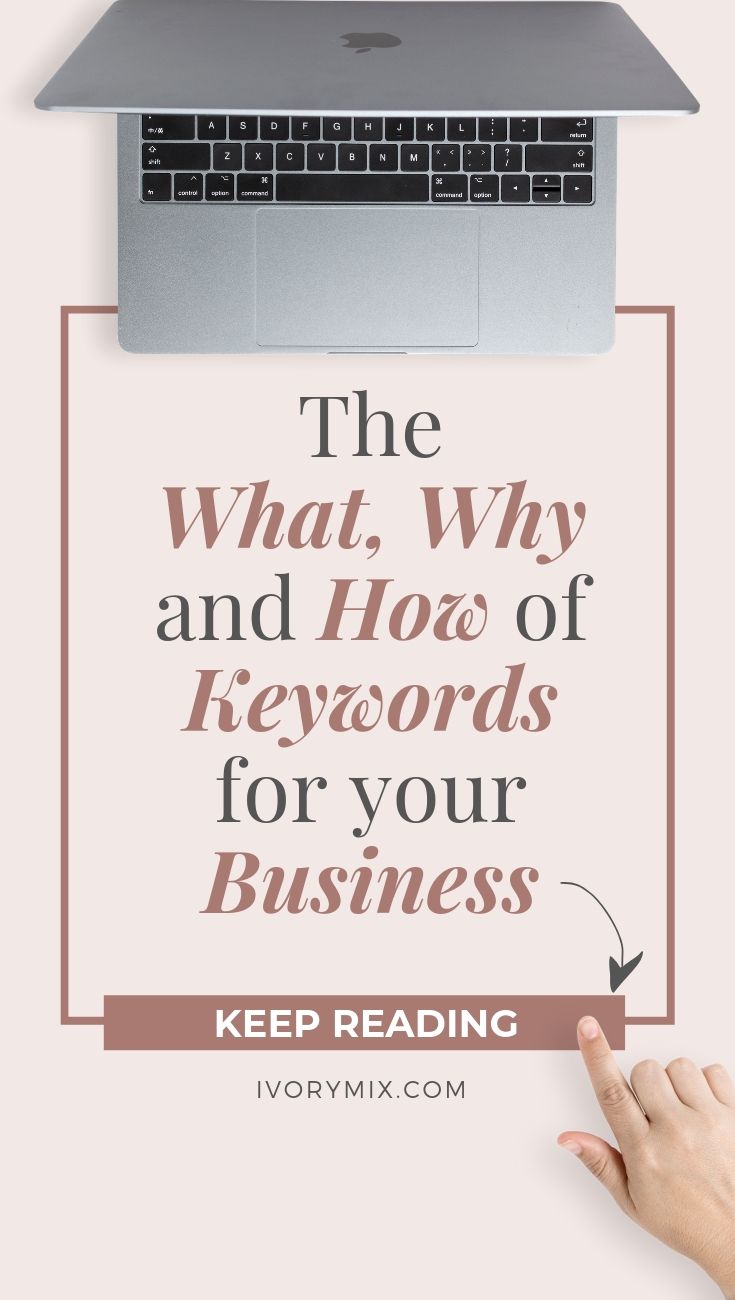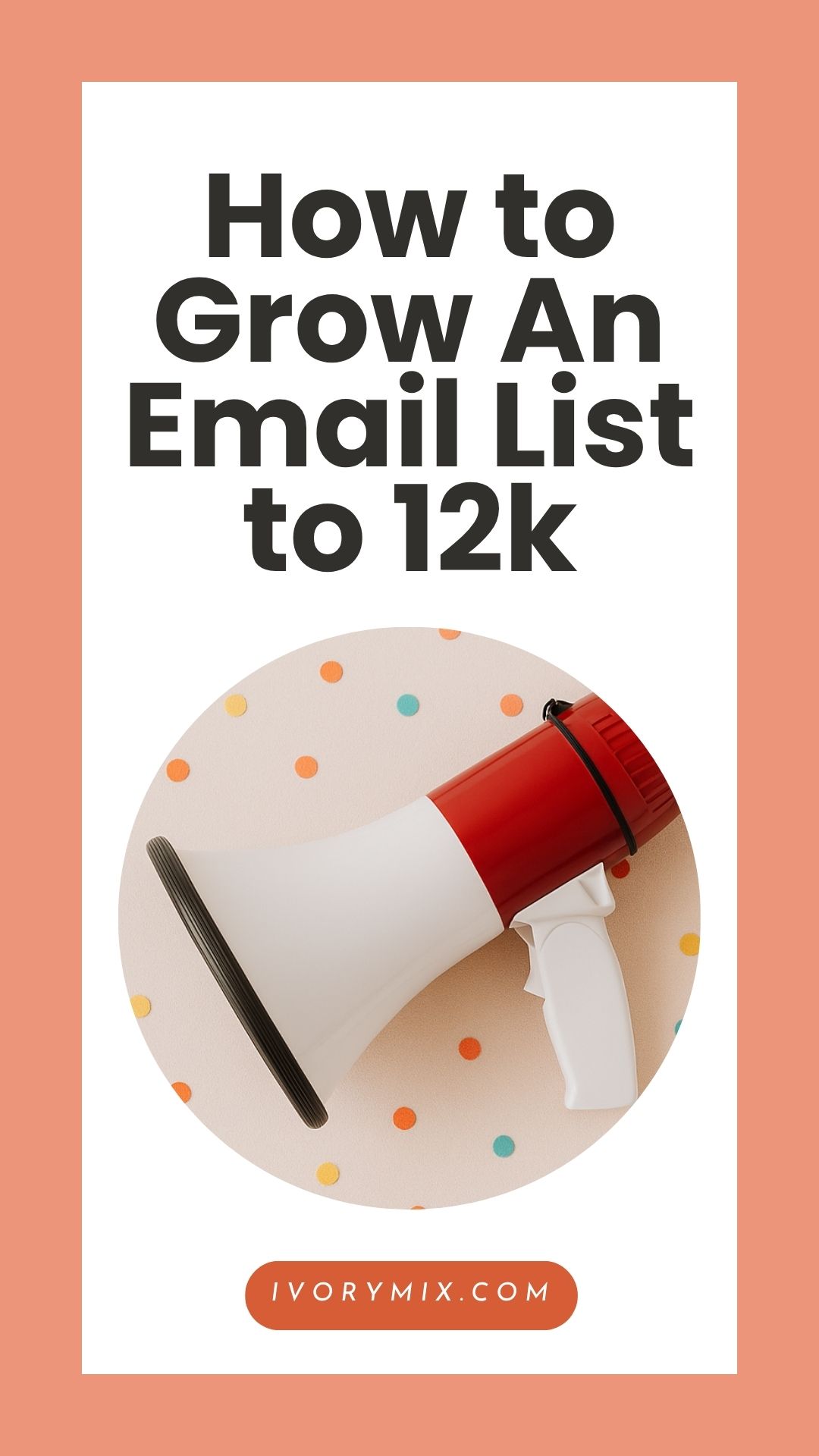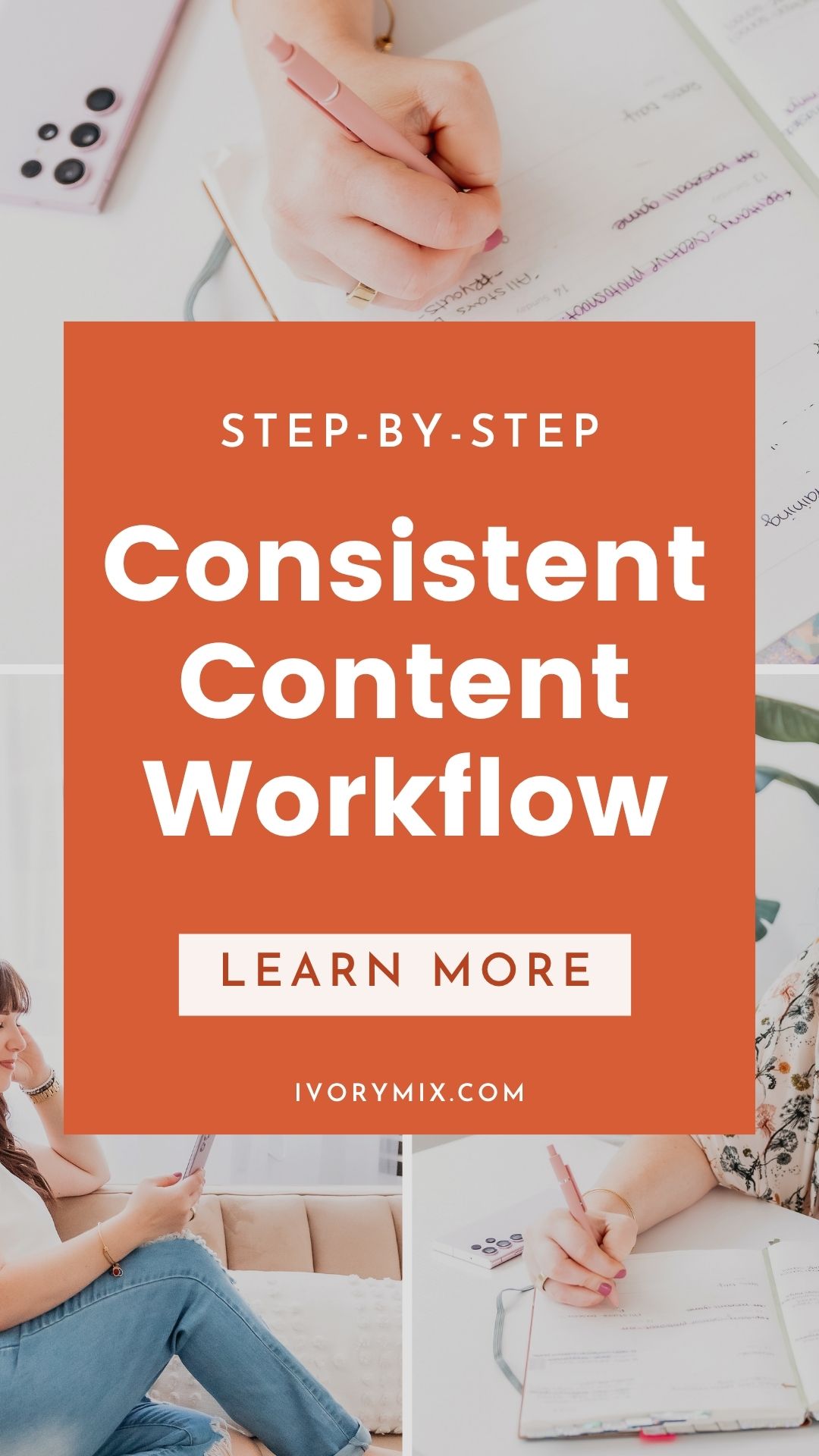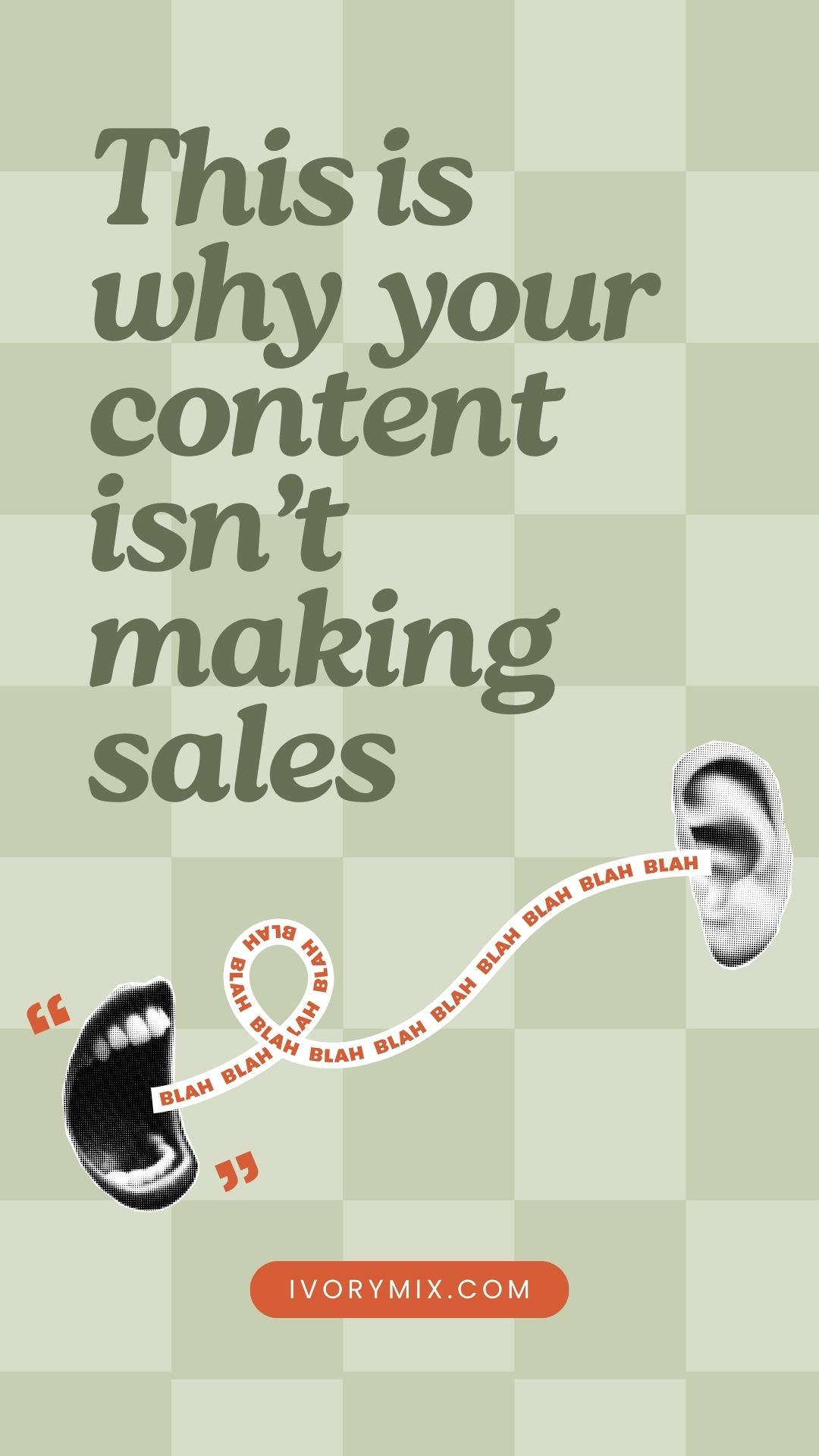get 500+ free images, templates & marketing strategies! You're one click away, Don't Miss It.
The What, Why and How of Keywords for your Creative Business
This post may contain affiliate links. Please read the disclaimer

Post. Publish. Done.
According to Technorati there are over 1.7 million blog posts published a day. Read that again real slow, 1.7 million blog posts are published each day.
Now, I believe we are all bright stars each with a unique-ish voice and very very important things to tell the world, but with that much content how is anyone going to stand out–without spending a mortgage payment on online ads? One of the biggest and easiest DIY answers is Keyword Research.
Keyword Research–Why Is It So Important?
Keywords are important because both users and search engines depend on keywords to find your site. Keywords help decide whether your YouTube videos will get found, your blog posts get read, and your website will be discovered by people searching online for your service. Using the right keywords for your brand is a beautiful balance of art and science. Balancing the words that you want to be known versus Google keyword competition and volume and trends.
SEO Keywords and phrases on your web site make it possible for your raving and potentially paying fans to find your site among the billion of other sites on the internet. A site that is well optimized for search engines will speak the same language as it’s potential tribe of followers.
Using the right keywords will get more search engine traffic and will help sites rank higher faster.
Keywords and Long Tail Keywords
Long tail keywords are those three and four keyword phrases which are very, very specific to whatever you are selling or what you want to be known for. So for me, I want to be known as someone who makes SEO topics easy to understand. A few of the long-tail keywords that I use are:
- Easy SEO Tips
- Simple SEO Optimization Help
- SEO tricks DIY
- SEO easy today
You see, whenever someone uses a highly specific search phrase, they tend to be looking for exactly what they are actually going to buy or learn more about. Let’s take another example. A Google search for “email marketing” will return over 27 million pages, something that is nearly impossible to rank for — but now if you try a search on “email marketing strategy convertkit” there is literally only 3 results so you can rank on PAGE 1 of that search result page if you use a smart long-tail keyword strategy.
How do you find keywords?
So you need to have keywords that define your business and your keywords that help your individual posts be found. Other than an old-school thesaurus how do you find keywords? One of my favorites is the Google Adword Planner. It is a tool that provides keyword ideas and traffic estimates so that you can build a thorough keyword list. For a step by step video on how to use the Google Adword Planner, here is a helpful video.
Another free Google tool that I use weekly is Google Trends. It lets you enter multiple keywords and filter by location, search history, and category. Once you enter that information in, it’ll give you results that show how much web interest there is around a particular keyword, what caused the interest (e.g., press coverage), and where the traffic is coming from — along with similar keywords. It helps figure out if what you are writing about is of interest to others.
Brian Dean who is an industry expert on SEO has written the Definitive Guide to Keyword Research and has included an in-depth explanation to the top keyword search tools available. He really breaks down how to use Wikipedia and Google to find long-tail keywords.
One of my favorite tips that I learned from Brian from Backlinko is to do a Google search for the blog topic that you are thinking of writing about and scroll to the bottom of the SERP (search results page) to see the listing of links under the title “Searches related to… So for kicks open a tab and Google “How to boil corn on the cob.”
Now scroll to the bottom and check out all of the searches related to “how to boil corn on the cob” these are all real searches that users typed into the google search box that are very closely related to the original search.

These are fantastic, and free, long-tail keywords.
What to do with the keywords?
Okay. So now what. You understand the importance of keywords and you have 4-6 keyword phrases per post–now what, what do you do with them? I grabbed this info graphic from MOZ because it does a great job of explaining how to organize a page– Position, Frequency and Distance. It is easy to get sucked into the details, but the big idea is to write a well developed blog post about one focused subject. Be helpful, be generous with your tips and experience and your ideas.

Moz.com Position, Frequency and Distance.
For specifics, here is how MOZ.com breaks down where and how to include the keywords.
- Page title: Keep your page title under to under 55 characters, and make sure you include your most important keyword in it.
- Header tags: H1 and H2 tags tell search engines and readers that the header is important. Including a keyword in these tags ensures that your keywords get picked up and help your ranking.
- Meta description: A meta description is that snippet of information that appears under a search result on a SERP and tells the user what the page is all about.
- Alt tags: Images that you upload to your pages can also help you in getting a good rank. Since Google is essentially “image blind,” you need to make sure you include your keyword in every descriptor of your image. That includes alt tags, image file name, description, and the caption.
- Content: This goes without saying. Your content for each page needs to revolve around one focus keyword—just one keyword, not as many as possible. It’s OK to use synonyms, phrases, and figures of speech that stand in for your keyword, as long as they mimic natural speech patterns.
- Content headline: Your content title must contain your keyword to ensure a decent rank–use one of the fancy Long Tail Phrases that you found here. Not only does it tell search engines that you have some very focused and relevant content about your keyword on your page, it also improves click-throughs by informing the user of the same. I alway use this tool to ensure a catchy headline.
- URL: Including your keyword in your page URL in such a way that it describes the page contents and helps the user in navigation as well.
In short, Write to be helpful and Google Will Take Care of the Rest.

Included Free:
550+ Templates, Photos, & Strategies
Get New Free Downloads Monthly
Unlimited Downloads
Special offers & Trends Newsletter
Save and sort your favorites
Access 500+ Free Templates, Photos, & Strategies With A Free Account
Free User Creation for Popup
By creating an account, I agree to Ivory Mix's Website terms, Privacy Policy and Licensing Terms
Already have an account? Log in









